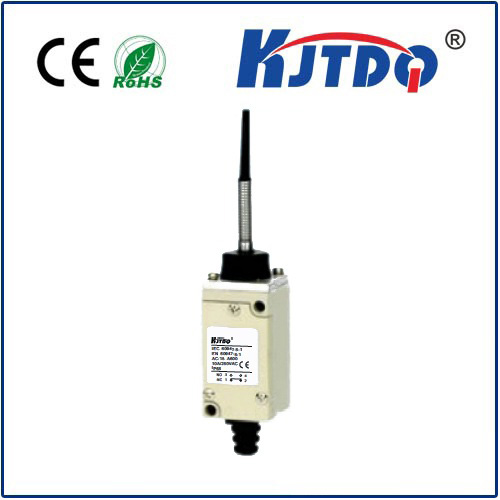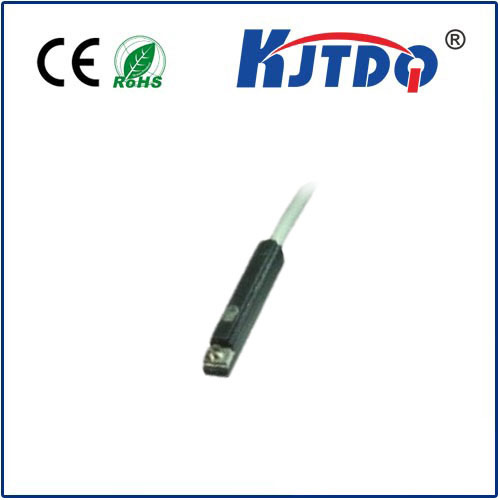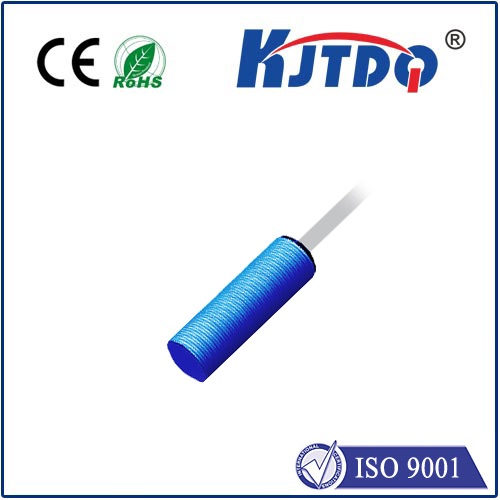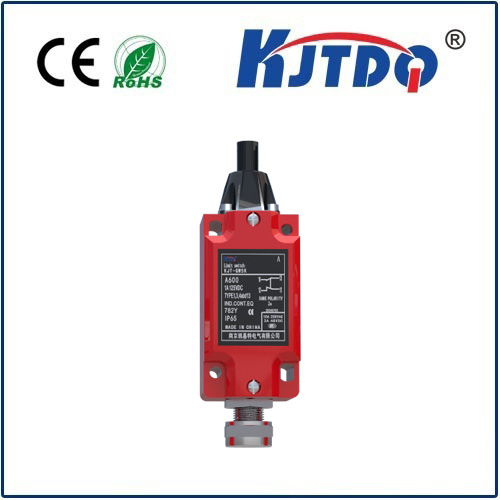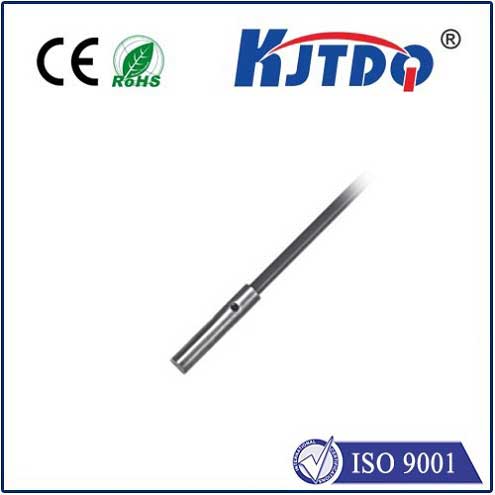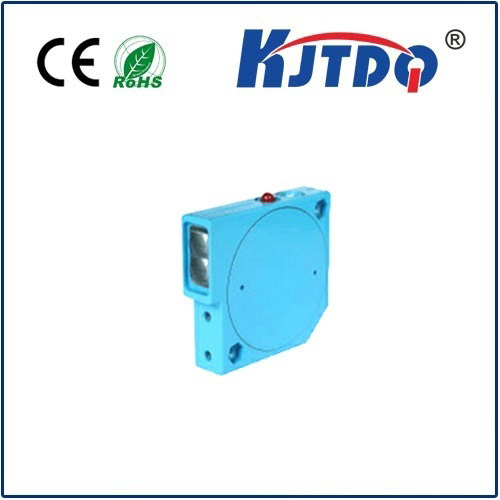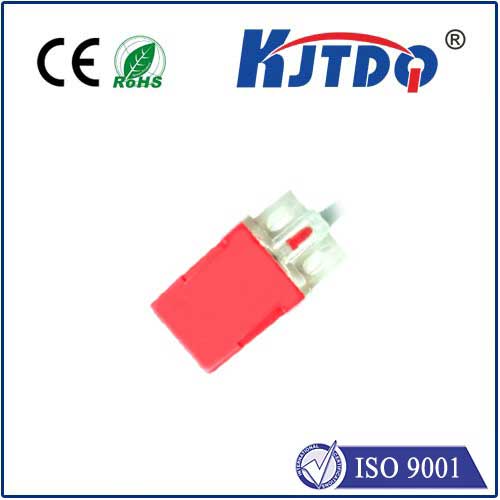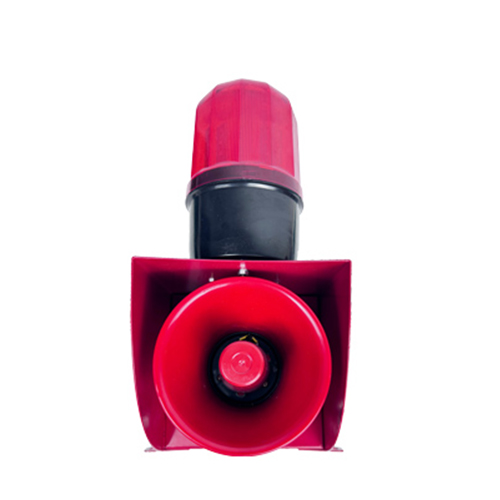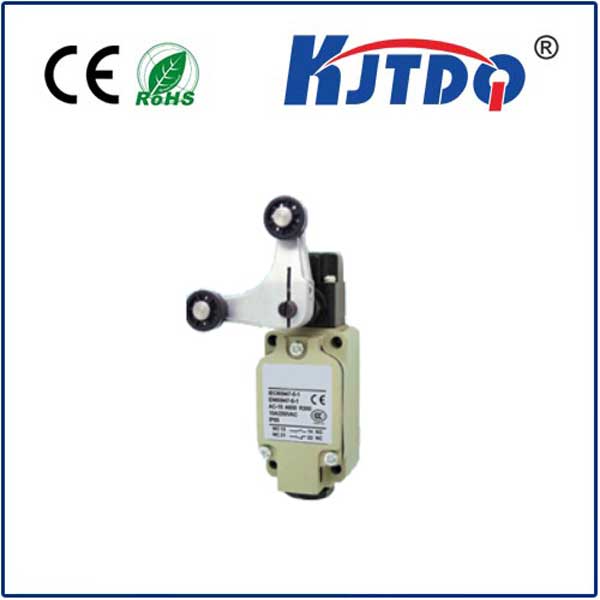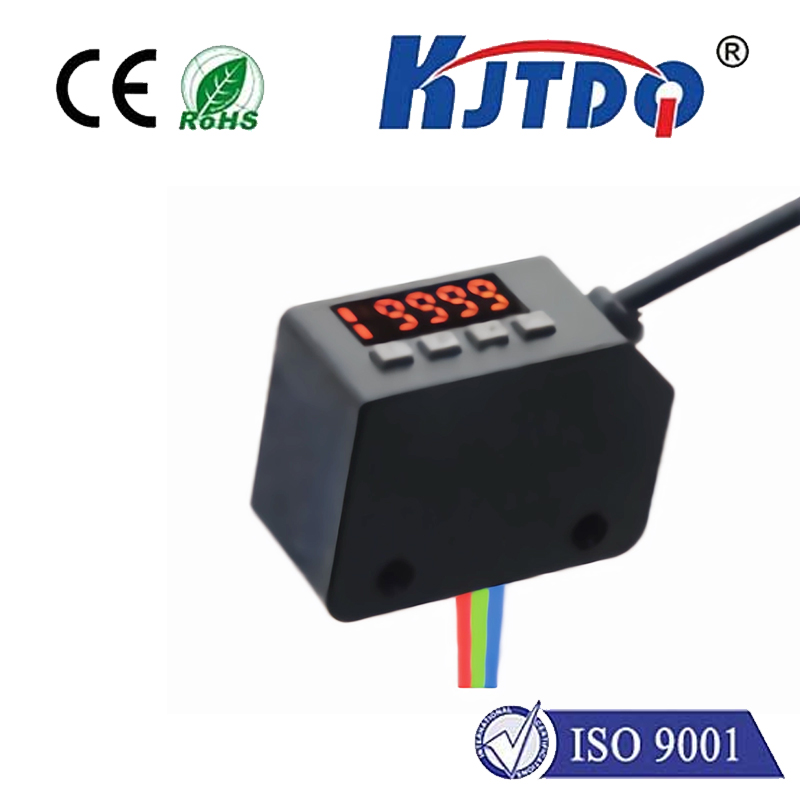DIY Radar Sensor: A Guide to Building Your Own Radar System
In today’s fast-paced world, technology is constantly evolving, and one area that has gained significant attention is the development of DIY (Do-It-Yourself) radar sensors. These devices are not only fascinating to build but also offer a hands-on way to understand how radar systems work. A radar sensor is a device that detects and measures the distance, speed, and direction of objects using radio waves. By building your own radar sensor, you gain valuable insights into the principles of radar technology and can apply this knowledge in real-world applications.
The concept of a DIY radar sensor is not new, but it has gained popularity in recent years due to the availability of affordable components and the increasing interest in DIY electronics. Unlike commercial radar systems, which are often complex and expensive, DIY radar sensors are designed to be user-friendly, requiring basic knowledge of electronics, programming, and hardware assembly. This makes them an excellent project for hobbyists, students, and even professionals looking to explore the field of radar technology.

Building a DIY radar sensor involves several key steps. First, you need to select the appropriate components, such as a microcontroller (like Arduino or Raspberry Pi), a radar transmitter, a receiver, and a display module. These components work together to detect and process radar signals. The microcontroller acts as the brain of the system, processing the incoming data and controlling the transmitter and receiver. The radar transmitter emits radio waves, which bounce off objects and return to the sensor, allowing the system to determine the distance and speed of the object.
Once the components are selected and assembled, the next step is to write the code that controls the microcontroller. This involves setting up the hardware connection, configuring the radar transmitter and receiver, and implementing the logic to process the data. The code must handle the timing and signal processing to ensure accurate readings. Additionally, you may need to calibrate the system to ensure it works correctly under different conditions.
One of the most exciting aspects of a DIY radar sensor is the ability to customize it according to your needs. Whether you are interested in detecting obstacles in a home automation setup, monitoring the movement of vehicles, or even creating a basic weather detection system, a DIY radar sensor can be tailored to suit your specific application. The flexibility of these systems allows for a wide range of uses, making them a valuable tool for both educational and practical purposes.
In addition to the technical aspects, the process of building a DIY radar sensor also offers a learning opportunity. It encourages a deeper understanding of how radar technology works, from the physics of radio waves to the practical implementation of electronic systems. By engaging in this hands-on project, you not only gain technical skills but also develop problem-solving abilities and a sense of accomplishment.
A DIY radar sensor is not just a fun project; it is a practical way to explore the world of radar technology. Whether you are a student, a hobbyist, or a professional, building your own radar sensor can be a rewarding experience. It combines elements of engineering, programming, and electronics, offering a unique blend of creativity and technical expertise.
In conclusion, building a DIY radar sensor is a valuable endeavor that combines learning, innovation, and practical application. With the right components, knowledge, and creativity, anyone can create a functional radar system. As technology continues to advance, the possibilities for DIY radar sensors are endless, making them an exciting area of exploration for anyone interested in the field of electronics and engineering.
